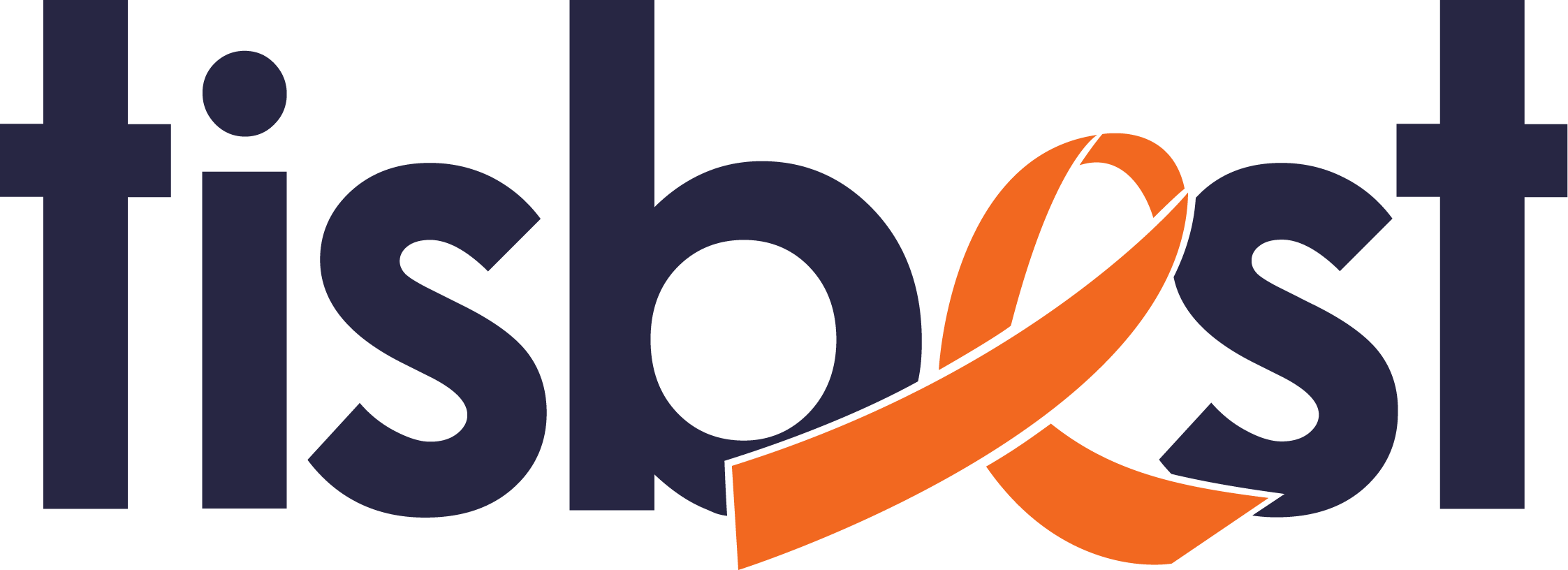The Flip Side of Funding
What are we doing? Organizations are funded based on how great their development department tells donors their nonprofit is. It’s as if Amazon makes money because a group of donors believed they should, so gave them their revenue for the year. No, Amazon makes money because customers value their service and want to purchase the products they offer. We should expect the same thing of our nonprofits: deliver a product or service that people want to buy, using surveys as a proxy for payment.
That’s the accountability problem in the nonprofit world: currently, customer experience doesn’t factor into the funding process. Successful nonprofits raise money because a skilled grant writer, coupled with elaborate metrics (meals served, children tutored) and a few tear-jerking client stories convinced someone that the organization was worthy. (How can any of us resist those starry-eyed children?)
Let’s change that. If a nonprofit served 1000 at-risk teens, survey those teens to discover whether their experience was worth the money. If funding is tied to customer satisfaction, the nonprofit can be free to focus on making customers happy, instead of diverting precious resources to satisfy donor criteria. Forget about those overhead numbers, and focus on whether the money is changing people’s lives. So, let’s ask them!
I’m not suggesting that no customers are happy – in fact, many are, or nonprofits couldn’t support program fees (as an industry, roughly 50% of operating expenses). What I am suggesting is that from a macro perspective, very little of the $688 billion we give to nonprofits is spend on exactly what is needed or wanted. This doesn’t serve the people in need, donors, or even nonprofits themselves. As a former nonprofit director, it would have been much easier to receive funding based on what our customers thought, than how compelling we made our program descriptions and how rosy we made our “outcome” numbers and overhead percentages. (Trust me, everyone does this. I’ve worked at enough nonprofits large and small to know what needs to be done to get the money).
And, as an individual donor, wouldn’t it be great to see reports on the program’s effectiveness—in the eyes of their participants? Say, 70% thought the program made a difference, versus a nonprofit where only 30% thought it helped. Then it becomes an easy decision to give because you know that the program really works.
